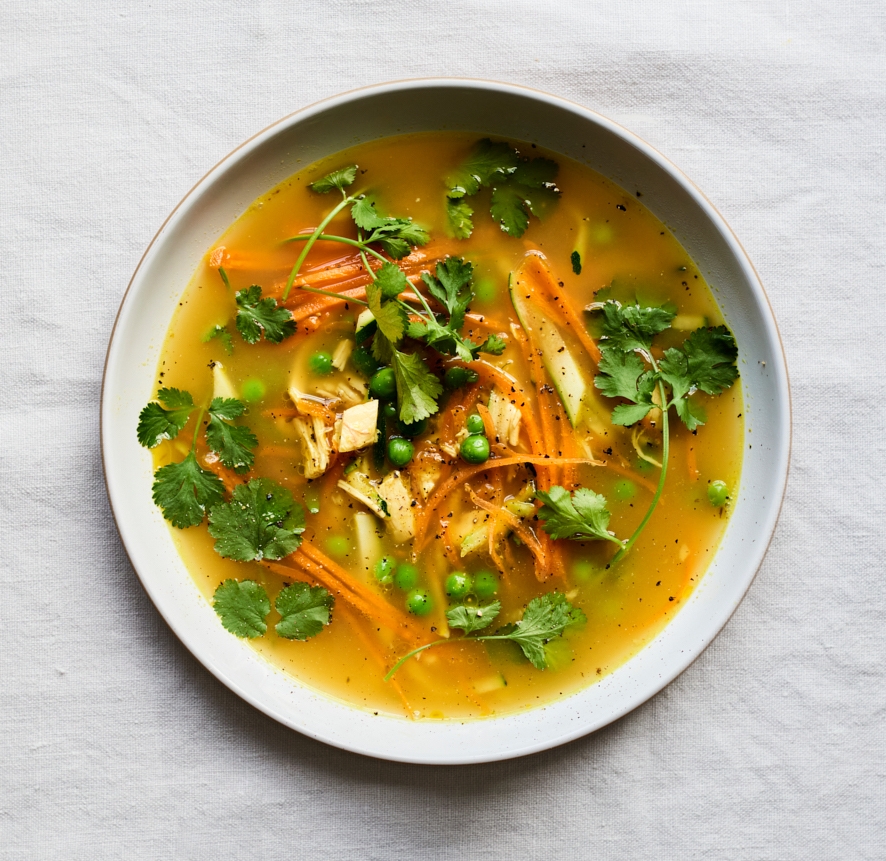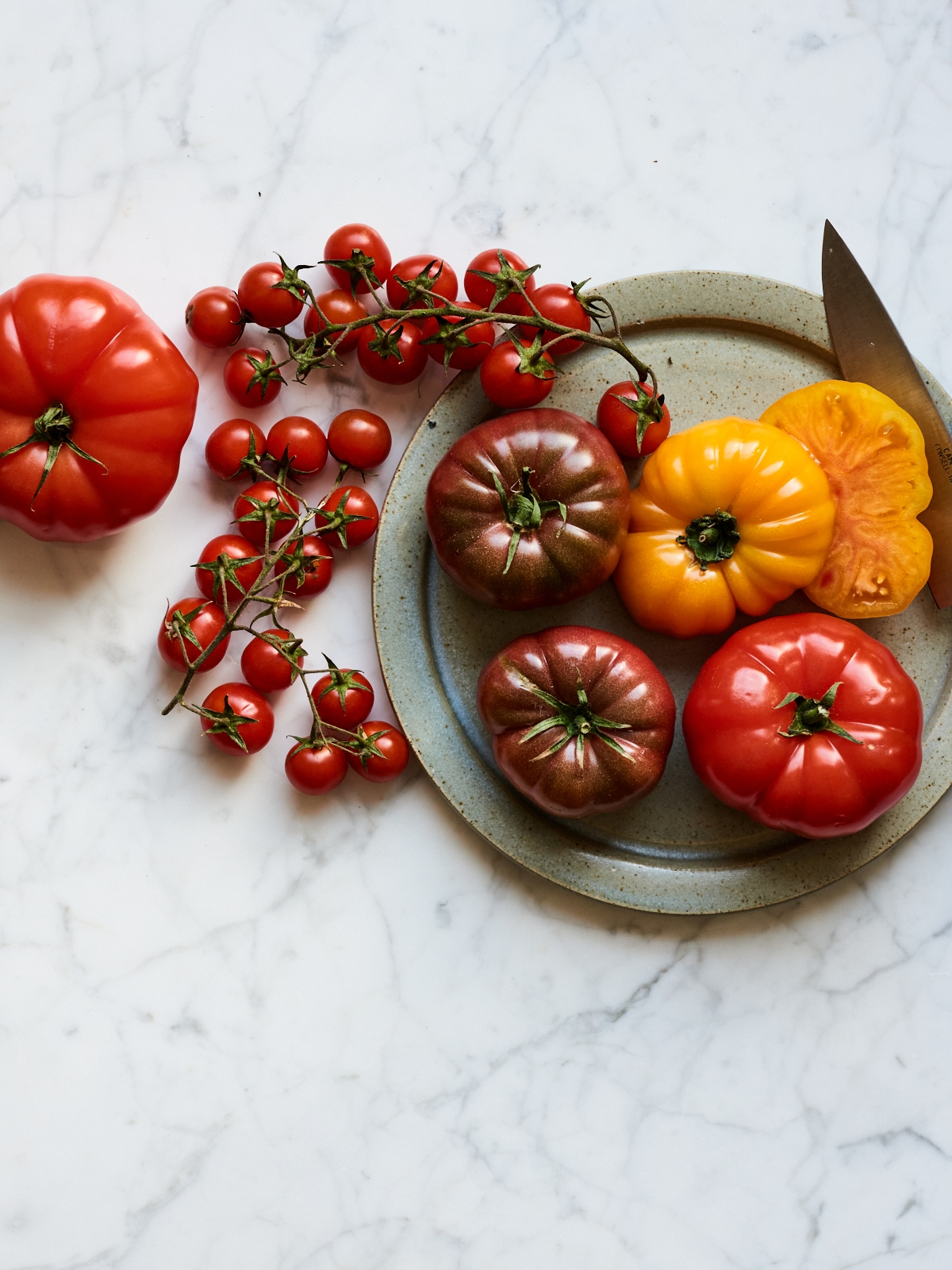18 Apr, 2018
How To Grow Your Own Culinary Herbs and Spices
Seed Pantry divulge their top tips on how to master herb growing, and the nutritional benefits of home grown herbs.
FoodAs part of our spring clean we are focusing on how best to unplug and switch off from our digital lives. Cooking up a storm in the kitchen is one way to disconnect, but why not take it one step further, and grow your own herbs and spices.
Growing your own food is seriously satisfying, great for the soul and you get to enjoy organic food to eat with the best fresh flavours and the highest nutrition levels. Seed Pantry offer a service to help through convenient monthly grow club boxes sent to your door with seeds, flower bulbs and young plants that you choose. All the information you need to learn about growing across the seasons is provided too.
Seed Pantry divulge their top tips on how to master herb growing, as well as shedding light on the nutritional benefits that come from eating Basil, Cumin & Giant Parsley.
Three easy steps on how to grow your herbs
- You can grow small amounts of culinary herbs in lots of different size containers. Add moist compost in 10cm to 25cm pots. Sow seeds 5mm deep for Basil and Cumin, and 3cm deep for Parsley. Germination takes 7 to 14 days, or up to 21 days for Parsley.
- Place pots on bright window sills to grow. After six weeks you can transfer seedlings to larger pots/containers, veg patches or greenhouses outdoors.
- Position in full sun or part shade. And keep watered during the summertime.
Tip: Seeds will germinate best at temperatures of 18C to 25C.
Which herbs and why...
Thai Basil (Ocimum basilicum var thyrsiflora ‘Siam Queen’). Origin: South East Asia
Thai Basil has an intense clove, liquorice flavour that is a favourite ingredient for Thai and Vietnamese cuisine. The fresh green foliage with red to purple stems and veins is striking. It looks great and can be grown indoors.
- Good source of: Vitamin K, A, C and potassium.
- Harvest: May - June onwards. Pick leaves regularly and remove flowers to maintain production.
Cumin (Cuminum cyminum). Origin: East Mediterranean, South Asia
Cumin is one of the mainstays of Indian cooking. Reputed to aid digestion and boost the immune system. Although it is a member of the parsley group, it is grown for its pungent seeds as opposed to the leaves that are coarse and bitter. The flowers are excellent for attracting beneficial insects.
- Good source of: Iron, copper and zinc
- Harvest: July or after the seed pods turn brown. The dried seeds can be kept for over a year.
Why not try out one of our our new spring salad in the delis, the Squash with Dukkah crust, which is lightly sprinkled with a Cumin spiced nut crust.
Flat leaf parsley (Petroselinum crispum var. neapolitanum 'Italian Giant'). Origin: Central Mediterranean
Flat leaf parsley has dark green leaves with a pungent, sweet flavour. This parsley is best for the kitchen, as it retains its flavours better than curly parsley in cooked dishes.
- Good source of: Vitamin K, C, beta-carotene and iron
- Harvest: May onwards. Successional sowing every 3 weeks of small pots will provide a continuous supply.
To keep up with the growing seasons and what to do when, take a look at the Seed Pantry grow club HERE.



